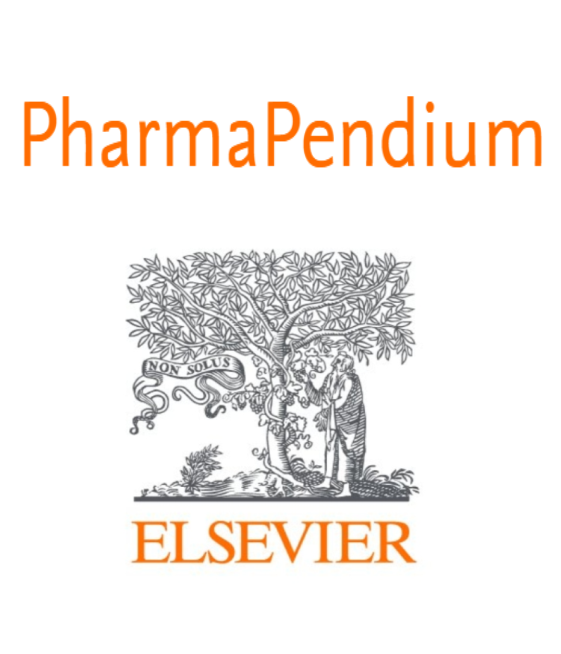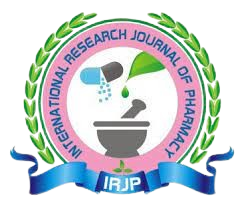ESTIMATING THE CLINIC-MYCOLOGICAL PROFILE IN INDIANS WITH DERMATOPHYTOSIS
DOI:
https://doi.org/10.56802/sbdrpf42Abstract
Background: In India, the incidence of superficial dermatophytosis has grown throughout the summer and rainy seasons
in both urban and rural regions, regardless of financial background, eating habits, or lifestyle. The literature reports diverse
etiological patterns and illness distribution. However, there is limited information on the clinicomycological
characteristics of dermatophytosis in India.
Aim: The current study sought to examine the proportion of various fungal species related with dermatophytosis in Indian
individuals attending tertiary healthcare institutions, as well as the potential relationship of various clinical characteristics
with fungal species.
Methods: The current study evaluated 782 people of both genders who were new dermatophytosis patients attending the
Institute during the study period. All specimens were evaluated using direct microscopic inspection and in vitro
cultivation. Fungi were identified using microscopic and macroscopic traits, as well as the urease test and lactophenol
cotton blue staining.
Results: The study results revealed a male tendency for dermatophytosis, with the bulk of the individuals falling between
the ages of 21 and 40. Trichophyton schoenleinii was the most common fungal species seen in the study, accounting for
52.1% of study subjects produced in culture, followed by Trichophyton rubrum, which was found in 26.9%.
Conclusion: The current study indicated that Trichophyton schoenleinii was the most prevalent isolated fungal species
detected in Indian participants, followed by Trichophyton rubrum and Tinea corporis, which was the most common
clinical manifestation in dermatophytosis patients.
Keywords: Body surface area, dermatophytosis, Trichophyton, tinea corporis.








